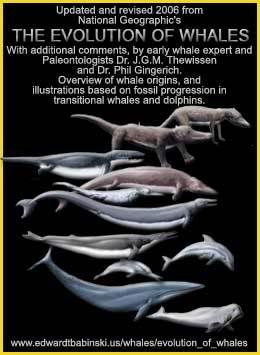Hey period 8 AP Biology, today in class we went over many forms of selection and their effects on an environment. Certain species need to develop adaptations in order to survive in their surroundings. As seen in the "Effects of Selection" slide on our powerpoint, there are three main types of driving changes in a population. Directional Selection basically means that there are two extremes within the species. As an example, larger horses and smaller horses. If the larger horses are the only variation of the species that will survive then this will be the dominant gene passed on throughout generations. In Stabilizing Selection, the two extremes cannot survive and that variation which is in the middle will carry on. When field mice of dark color, light color and medium tan all live in a field, when the field turns to a tanner color the middle variation will be the only one to survive. In Stabilizing Selection it is favorable to obtain the middle gene. Disruptive Selection has two extremes which both benefit from their environment. Birds with smaller beaks can fit into tiny holes in trees and gets smaller insect. Although, birds with larger beaks can break open larger seeds. If you are anywhere in the middle, you lose both of these abilities and cannot survive.
In Sexual Selection, there are certain aspects of an organism's civilization that are plainly luck of the draw. If you are a male, by obtaining these desired characteristics such as blue feet, large maines or size you are able to survive and hopefully reproduce more efficiently while passing on these traits to your offspring. There is no point to survival for these organisms if they do not sucessfully reproduce and pass on the trait to as many offspring as possible.
Evolution is "So overwhelmingly established that is has become irrational to call it a theory."
-Ernst Mayr
I found this pictures on google describing the change in whales which I thought was pretty crazy.

Also this link has a lot of terms and concepts concerning adaption, genes and selection.
http://www.wsu.edu/~rquinlan/basics.htmI'm not really sure how to finish this off but if anyone needs help uploading pictures or videos email me and you can ask me for help there.

2 comments:
OK, here's an opportunity for you to to clarify some misconceptions (or at least some miswordings) by a classmate and help her understand this material better.
Find one of the key errors in this Sherpa Guide, re-explain it correctly, and help Kelly better explain this lesson more accurately and earn extra credit!
Let me clarify one point. Students often speak in extremes when discussing evolution, like "If the larger horses are the only variation of the species that will survive...". This is common, because the examples that teachers offer you in lab activity models appear to work this way, like our own Natural Selection in Butterflies lab. In fact natural selection is usually more subtle than that. It is not that only the larger horses survive; it is that the larger horses succeed more often. Maybe more (not "only" but "more") of the larger horses survive or are healthier and therefore maybe each of the larger horse parents have more offspring which survive -- even if its a few more each generation, then over long periods of time, the population will little by little accumulate more of these individuals, and the average size of the population will change over time. So it's subtle from each generation to the next, but over geologic time the changes are great. Got it?!
Now you add your ideas, because there's more to fix here that you can do without me!
"Certain species need to develop adaptations in order to survive in their surroundings." I believe this statement is a misconception in the last blog. This is because species pass on successful traits to their offspring. No species during a lifetime decides to change in order to fit their surroundings. The traits acquired by a certain species were from the parents of that offspring. So the blog was correct in stating that species adapt. As well as incorrect because adaptations are not developed. The species with strong traits survive and pass them on to offspring.
Post a Comment